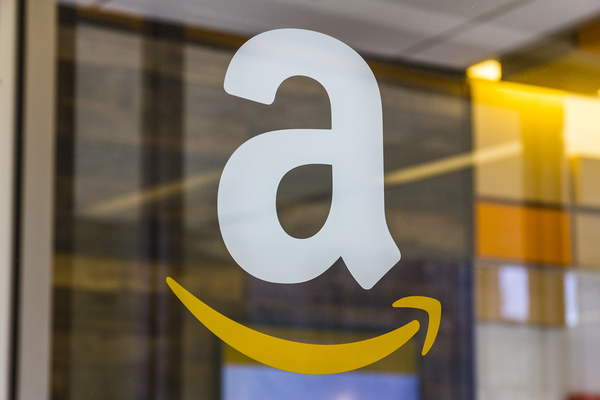Artificial intelligence (AI) has been a major trend of 2017, and can be seen in everything from the ubiquity of voice-activated assistants like Amazon’s Alexa to the heralded coming of autonomous vehicles. It’s likely to continue as one of the biggest trends in 2018.
AI Venture Capital Deals: $5 Billion in 550 Companies
Perhaps nowhere is the trend seen more likely than in the amount of venture capital devoted to AI. The research firm CB Insights observes that funding deals hit a five-year high in 2016, at 658 deals versus 160 in 2012. The amount invested rose roughly 60%, to $5 billion.
Deals reached a 5-year high last year, from 160 deals in 2012 to 658 in 2016. Dollars invested hit $5 billion, up about 60%.
Where did these dollars go? To investment ideas: 550 start-up companies that utilize AI as a central part of their business strategy. Almost 62% of these 2016 deals were struck with U.S.-based start-ups. It is notable that this is less of a percentage than it was in 2012, when U.S. firms garnered 79% of all deals. The United Kingdom, Israel, and India are also small but important players in AI venture capital.

How AI Is Used
To the average person on the street, AI may seem daunting and far away, and its missions esoteric — teaching a computer to play chess, for example.
But in fact, AI is used everywhere. It halts cyberattacks, tells a self-driving car to brake, or responds to spoken commands to turn on the lights or tell you the weather.
Recently, the University of Pennsylvania’s Wharton School talked with Frank Chen, a partner in AI at the legendary Silicon Valley venture capital firm Andreessen Horowitz. Chen believes that the current era is a “golden age” for AI investing, due to the combination of deep learning — a method of teaching machines by patterning them like the human brains neural networks — and big data.
Not only is the current age a golden one, but Chen believes that the field is wide open to apply AI to business problems and create a solution. Intriguingly, he thinks that if all AI research stopped today, creating business applications could still take several decades.
Some of the business applications are clear. Although deep learning is an exciting part of AI research, it’s not the most visible. The most visible applications are not deep, but narrow. Machines can now recognize objects in pictures, for example. (Some AI is used to comb social media accounts for people wearing a product, and then market upgrades or competing products to them.) They can now also understand voice commands.
Others, such as gathering data from Amazon or eBay about how many products at what price point have been sold, are less obvious. But in fact, using Big Data and AI to maximize and predict the product cycle is one of the largest uses of AI currently on tap.
Chen points out that all sectors and all types of businesses will eventually use AI, much as all businesses adopted databases.
AI is the brave new world in venture capital and in investment ideas.
